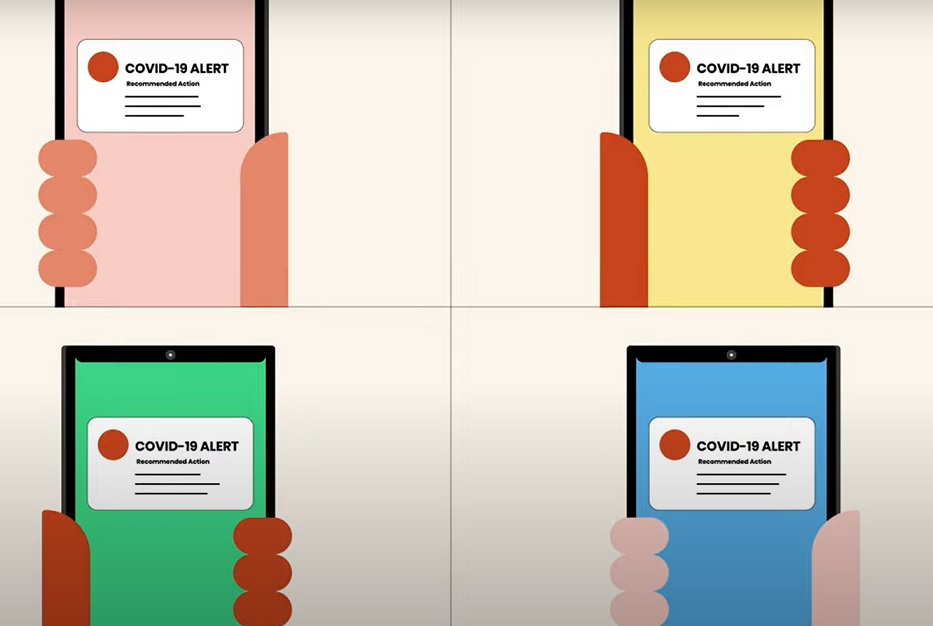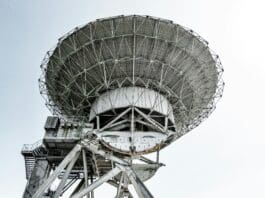This post is also available in:
 עברית (Hebrew)
עברית (Hebrew)
Smartphone signals could automate COVID-19 contact tracing while preserving privacy. A new system could send bluetooth signals to nearby devices in order to notify people if they have been near an infected person.
A team led by MIT researchers and including experts from many institutions is developing a system that augments “manual” contact tracing by public health officials, while preserving the privacy of all individuals.
The system relies on short-range Bluetooth signals emitted from people’s smartphones. These signals represent random strings of numbers, likened to “chirps” that other nearby smartphones can remember hearing.
If a person tests positive, they can upload the list of chirps their phone has put out in the past 14 days to a database. Other people can then scan the database to see if any of those chirps match the ones picked up by their phones. If there’s a match, a notification will inform that person that they may have been exposed to the virus, and will include information from public health authorities on the next steps to take.
Vitally, this entire process is done while maintaining the privacy of those who are COVID-19 positive and those wishing to check if they have been in contact with an infected person.
This approach to private, automated contact tracing will be available in a number of ways, including through the privacy-first effort launched at MIT in response to COVID-19 called SafePaths. This broad set of mobile apps is under development by a team led by Ramesh Raskar of the MIT Media Lab.
The system’s developers were inspired by Apple’s “Find My” feature used in case the phone is lost. With their system, the team is essentially asking a phone to send out this kind of random signal all the time and to keep a log of these signals. At the same time, the phone detects chirps it has picked up from other phones, and only logs chirps that would be medically significant for contact tracing — those emitted from within an approximate 6-foot radius and picked up for a certain duration of time, say 10 minutes.
The ability to conduct contact tracing quickly and at a large scale can be effective not only in flattening the curve of the outbreak but also for enabling people to safely enter public life once a community is on the downward side of the curve.




